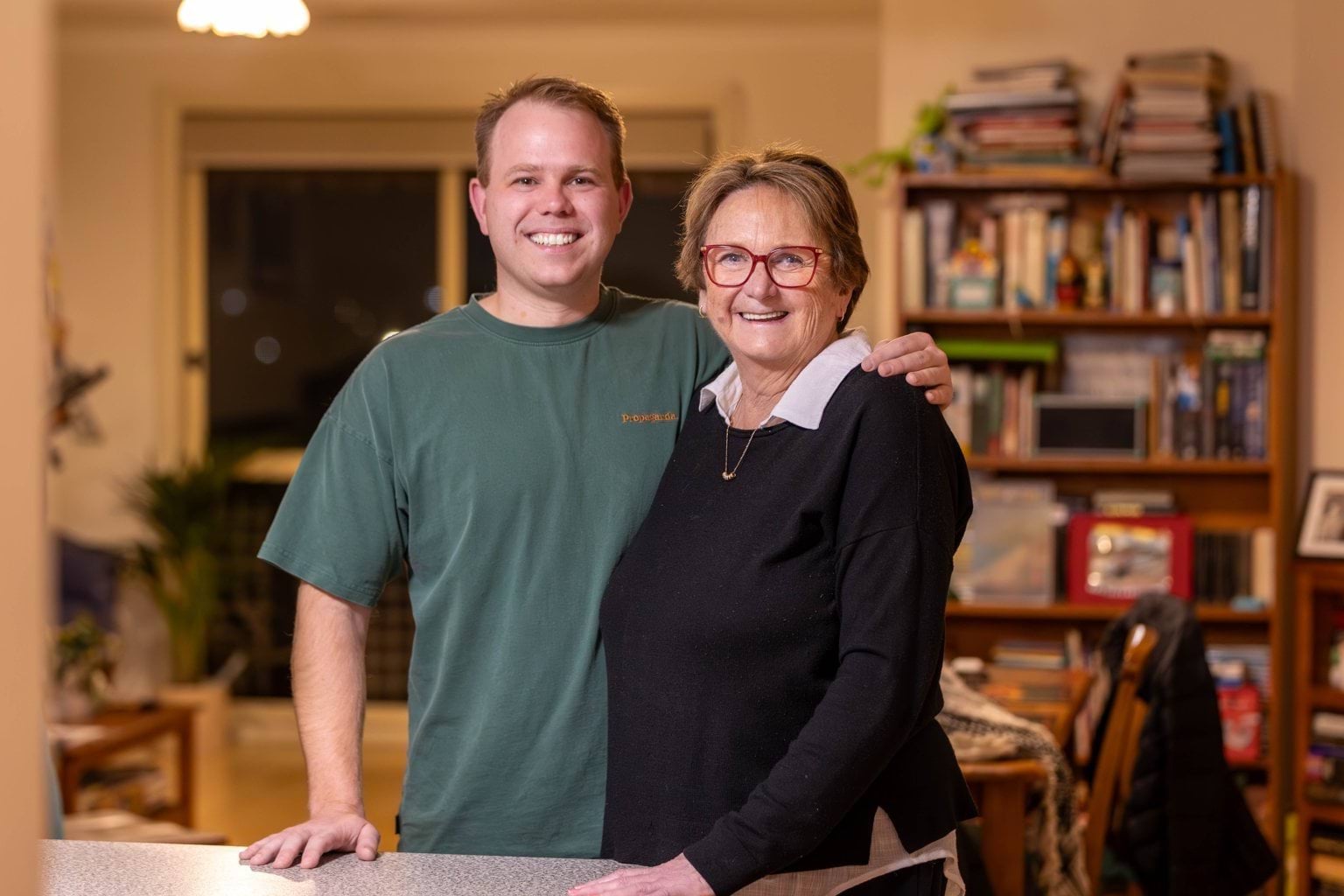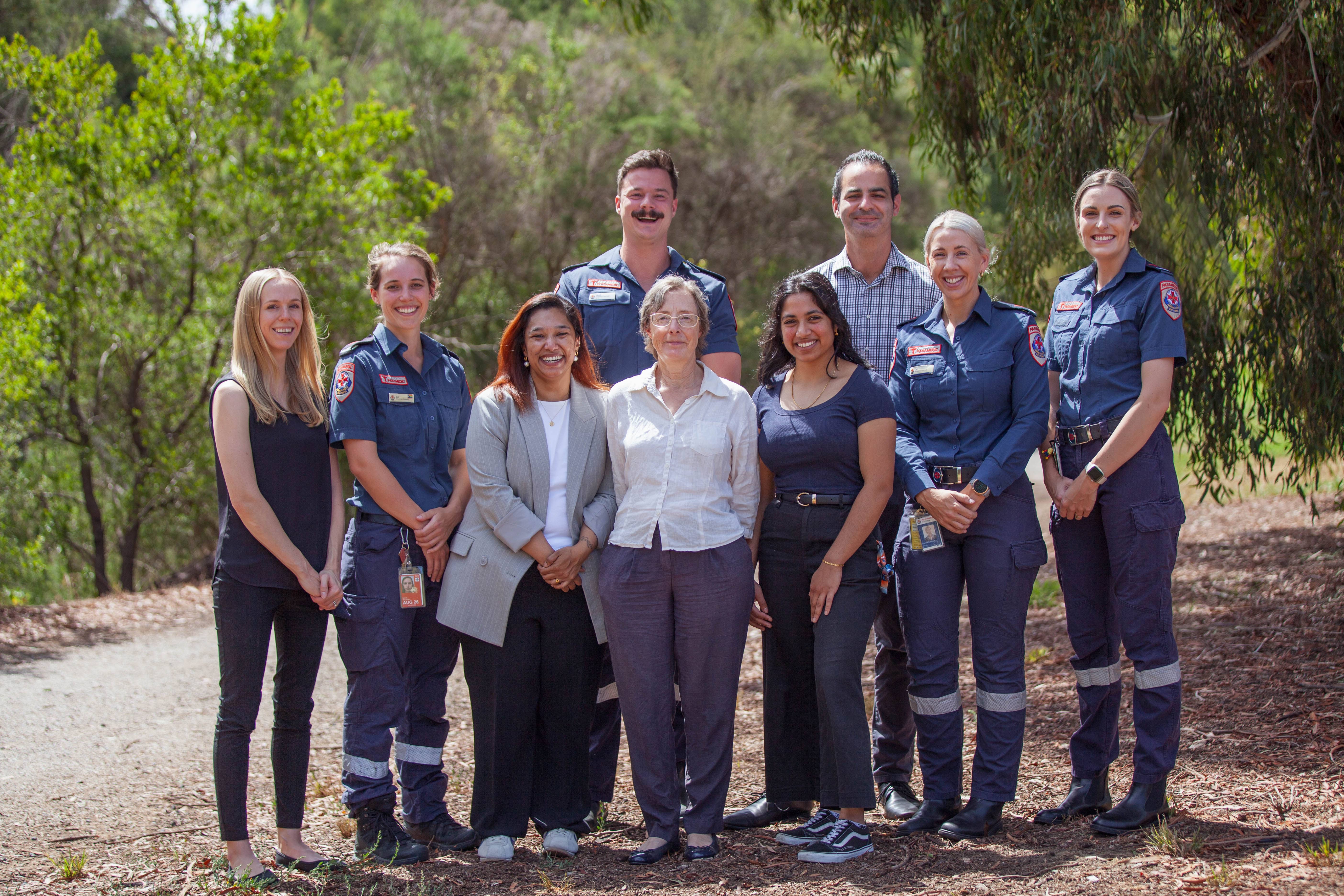- Published:
- Monday 2 June 2025 at 2:30 pm

In an Australian-first, Ambulance Victoria researchers have confirmed that smartphone-activated volunteer responder programs increase the likelihood of survival for cardiac arrest patients.
Ambulance Victoria studied over 9,000 cases of out-of-hospital cardiac arrest (OHCA) over a five-and-a-half-year period, which determined that survival to hospital discharge was 37 per cent more likely when GoodSAM responders arrived before paramedics for patients in cardiac arrest.
GoodSAM is a free life-saving smartphone app that connects Victorians in cardiac arrest with members of the community who are nearby and willing to start CPR in the critical minutes before paramedics arrive.
OHCA is a leading cause of death and a significant public health emergency in Victoria. Cardiac arrest affects around 7,500 Victorians every year, survival from OHCA remains low with one in 10 patients surviving to hospital discharge.
Ambulance Victoria paramedic and researcher, Belinda Delardes, who led the study said, “We've known for a long time that patients who experience a cardiac arrest in public have better survival rates due to increased rates of bystander CPR and defibrillation.
“GoodSAM is about bringing that level of care from the community into private residential areas, which is where most people suffer a cardiac arrest.
“We know from international research that technology like GoodSAM helps improve survivability, but through this novel research we can demonstrate the tangible impact from GoodSAM responders in Australia for the first time.
“We want to encourage more people to download this life-saving app, the more density we have in terms of GoodSAM responders, the better outcomes we can achieve for patients,” she said.
Trish Fleming, a grandmother from Bell Post Hill, was fortunate to have a registered GoodSAM respond when she had a cardiac arrest in February 2025.
“When my husband realised I was in cardiac arrest, he immediately called Triple Zero and commenced CPR.
“A few moments later, a good Samaritan called Alex arrived at our door and took over the CPR from Bill,” she said.
Three months later, Trish is home and back to normal life – enjoying walks, meeting up with friends and spending time with her family.
Her cardiologist is delighted with her recovery and has described Trish as a ‘rockstar’.
“I am so grateful to Alex and to the paramedics, to everyone involved, they are all absolute angels,” said Trish.
The research also found rural patients were overrepresented in GoodSAM responses, where many Victorian Heart Safe Communities can be found. Heart Safe Communities is a partnership between Ambulance Victoria (AV) and the Heart Foundation which teaches community members how to do cardiopulmonary resuscitation (CPR) and use an automated external defibrillator (AED).
You don’t have to be first-aid qualified or have a medical background to help save a life – to be a GoodSAM responder, you just need to be willing and able to do hands-only CPR, be over 18 years of age and have access to a smartphone.
Minutes matter in cardiac arrests, when a patient receives CPR and a shock from an Automated External Defibrillator (AED) before paramedics arrive, their chance of survival more than doubles.
Ambulance Victoria’s 2023/24 Victorian Ambulance Cardiac Arrest Registry (VACAR) Annual Report highlighted that Victoria has Australia’s best cardiac arrest survival rate and the third best in the world.
Updated


